Division Using Equal Groups for Kids: Make Math Fun, Not Frustrating!
Teaching division can sometimes feel like navigating a ship through stormy seas. But fear not, dear parents and teachers—we're about to turn those turbulent waters into a fun-filled splash park! Whether you're a seasoned educator or a parent diving into the world of math homework, this guide will help you make division a breeze for your little learners. So grab your life jackets (and by that, we mean your markers and math snacks), and let’s set sail on this educational adventure!
Why Teach Division Using Equal Groups?
Teaching division through equal groups is a game-changer. Why? Because it transforms abstract numbers into something visual and concrete. Instead of memorizing facts, children see what division means—groups of items being shared equally, like dividing a pack of cookies among friends (yum!). According to the Common Core State Standards (CCSS.Math.Content.3.OA.A.2), students should be able to interpret whole-number quotients.
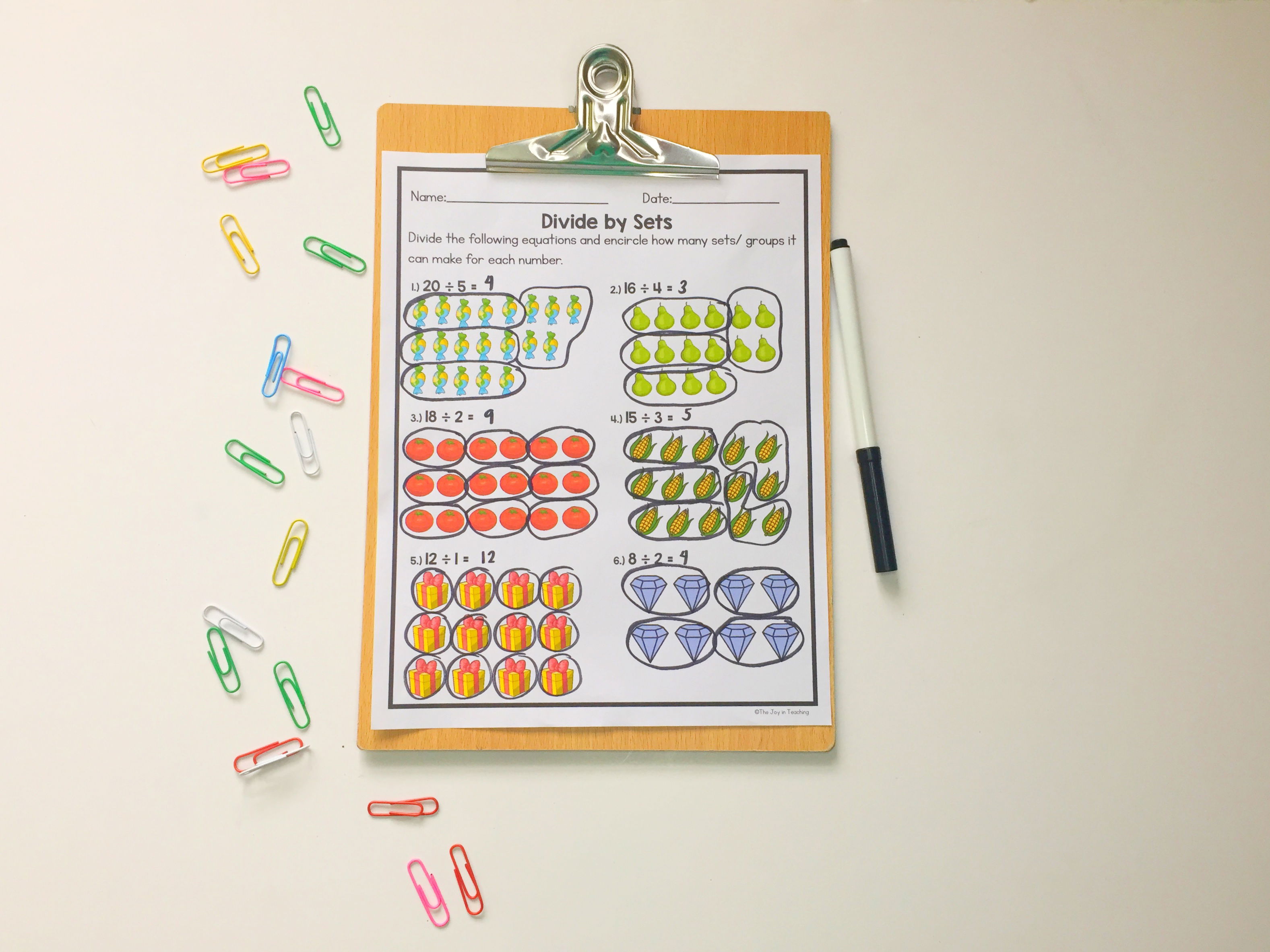
For example:
- "18 ÷ 2" as splitting 18 objects into 2 equal parts, or
- Finding out how many 2s fit into 18.
Visuals help make this standard come alive. When children see math, they get math.
What You’ll Need
You don’t need fancy tools to teach this! Just gather:
- Paper and markers, crayons, or pencils
- Printable worksheets (available on educational websites)
- Everyday items for practice (think: coins, blocks, crackers)
- Optional: laminating sheets for repeat practice
Step-by-Step Ideas for Teaching Equal Groups
Here’s how to help your child understand division using equal groups:
1. Start With Real Objects
Use small items like buttons, snacks, or LEGO pieces. Try:
"Can you divide these 12 blocks into 3 equal groups? How many are in each group?"
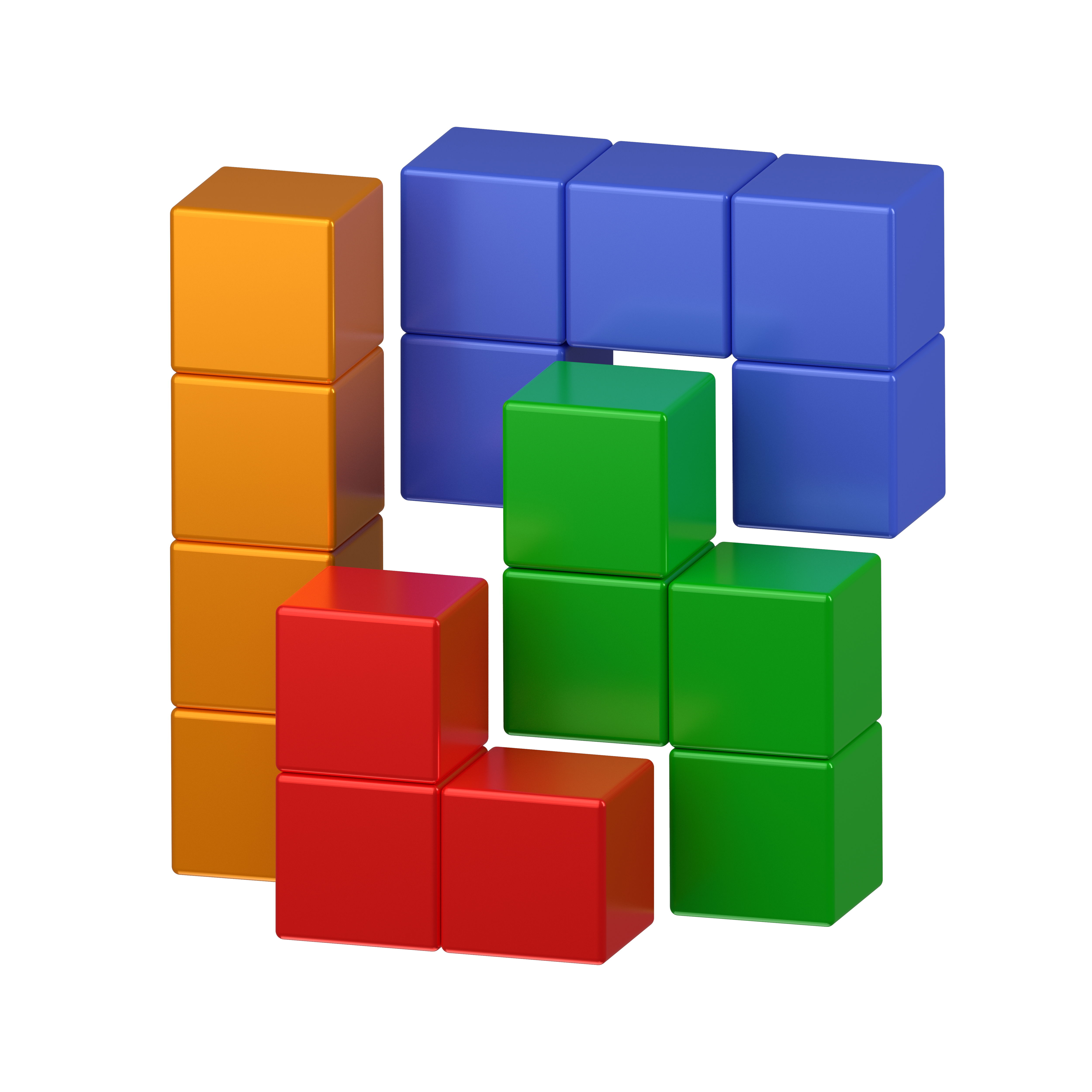
2. Draw It Out
Have students draw circles and dots to represent groups.
For example:
“Draw 5 groups and place 5 circles in each. How many stars altogether?”
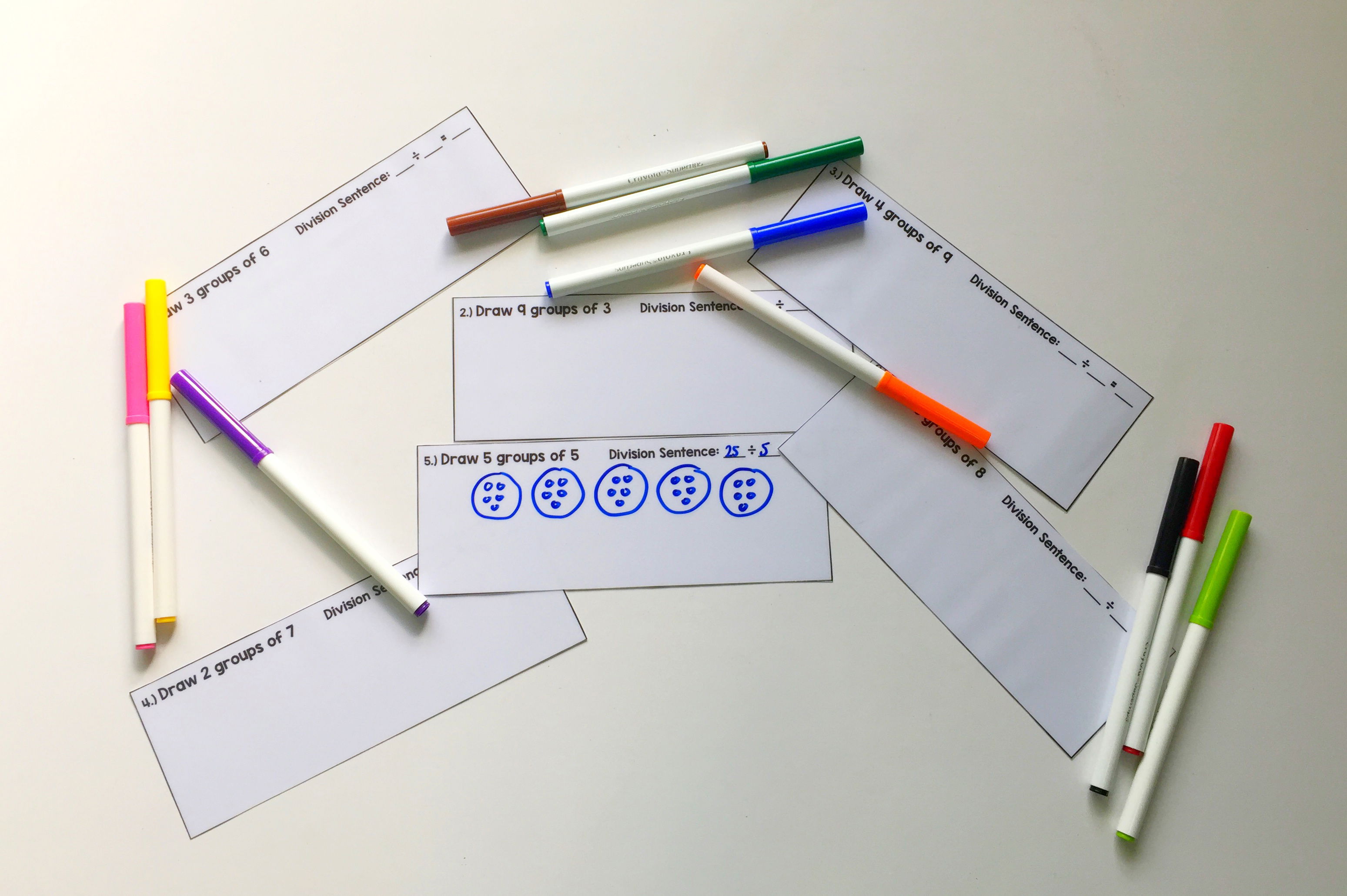
3. Tell a Story
Make math relatable with stories:
"Emma baked 18 cookies and wants to share them equally among 6 friends. How many cookies does each friend get?"
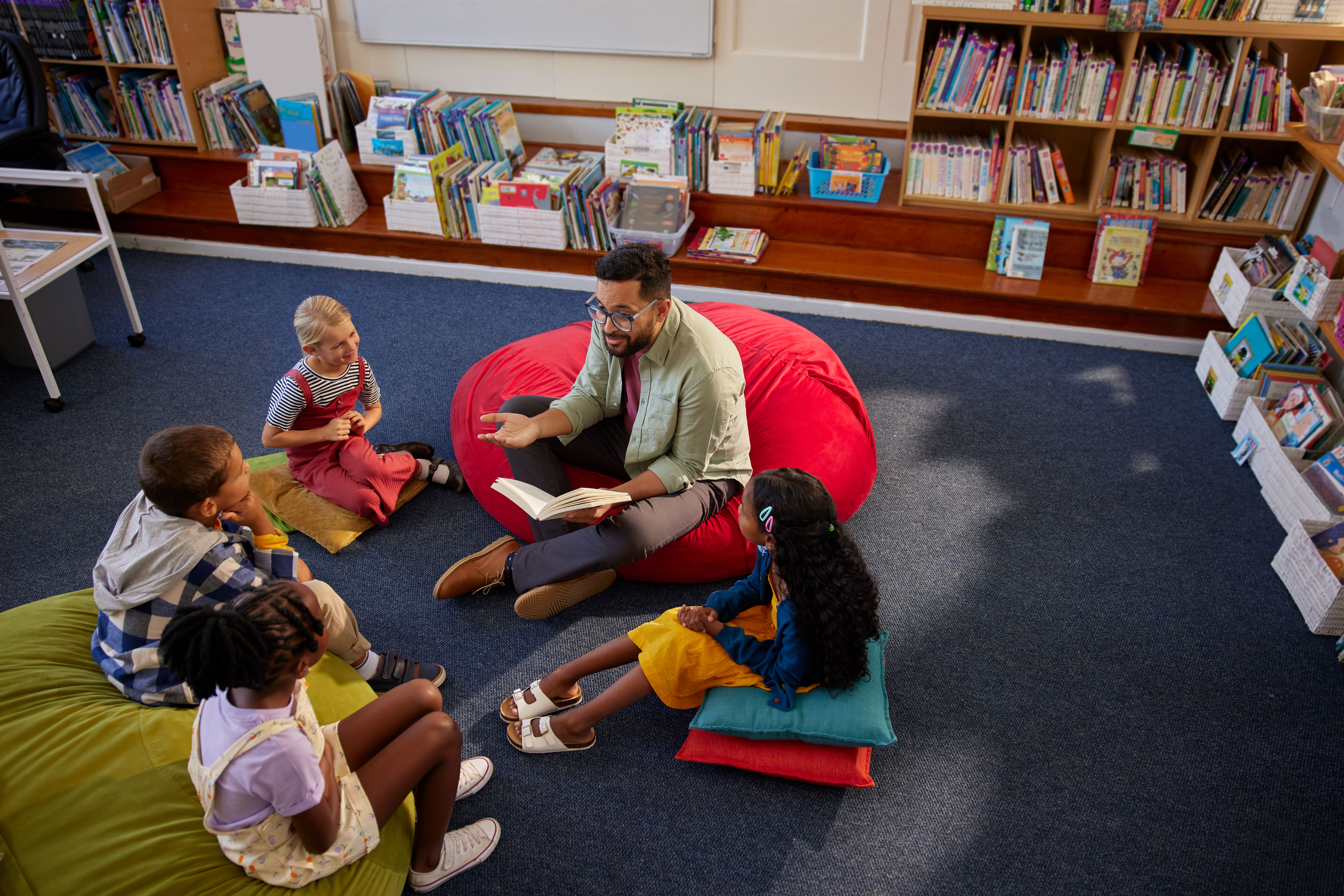
4. Turn It Into a Game
Make division exciting! Try:
- Scavenger hunts with clues based on solving division problems
- Dice games: Roll and divide!
- “Math chef”: divide ingredients in a recipe.
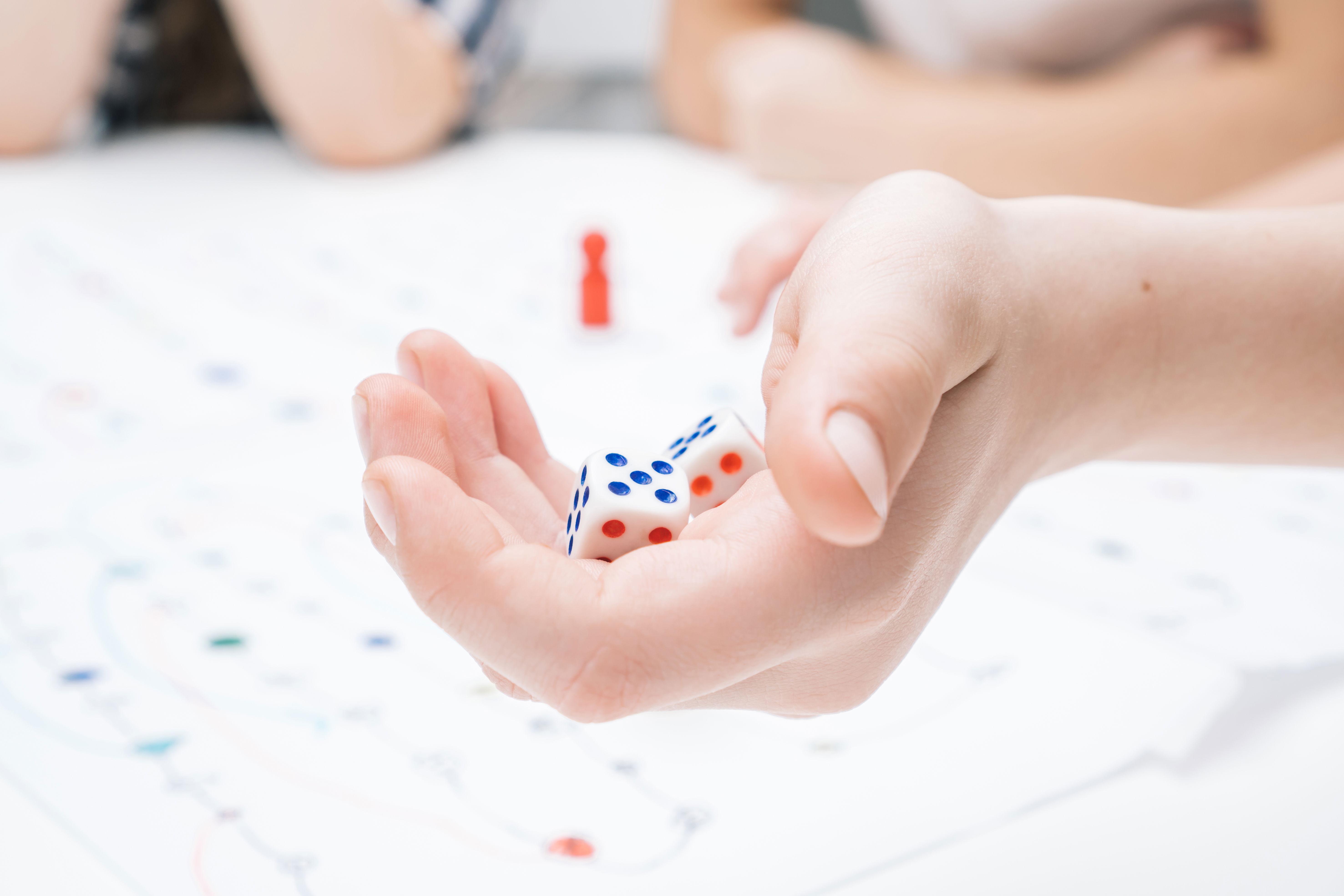
5. Practice with Movement
Get active! Ask students to group themselves by numbers.
“Let’s make 5 equal groups from 30 people. How many in each group?”

Real-Life Connections
Make division part of everyday life:
- Cooking: Halve or quarter a recipe
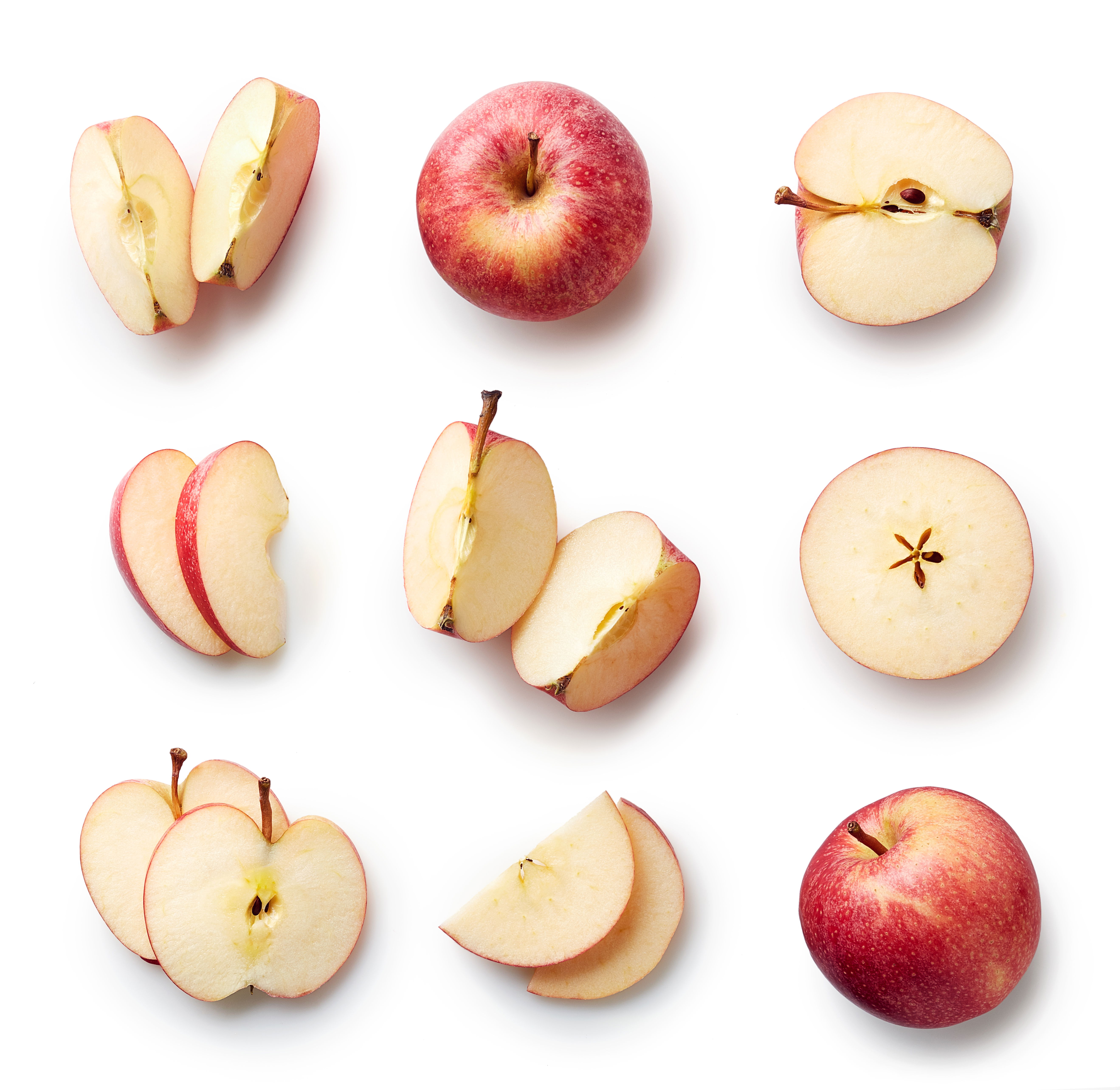
- Chores: Divide tasks fairly

- Shopping: "We have 15 apples and 3 bags—how many per bag?"

Kids learn best when math feels real, not random.
Keep It Fun With Centers and Group Work
Use small group activities to let kids solve problems together. This builds math skills and teamwork. Try rotation stations:
- Equal group sorting
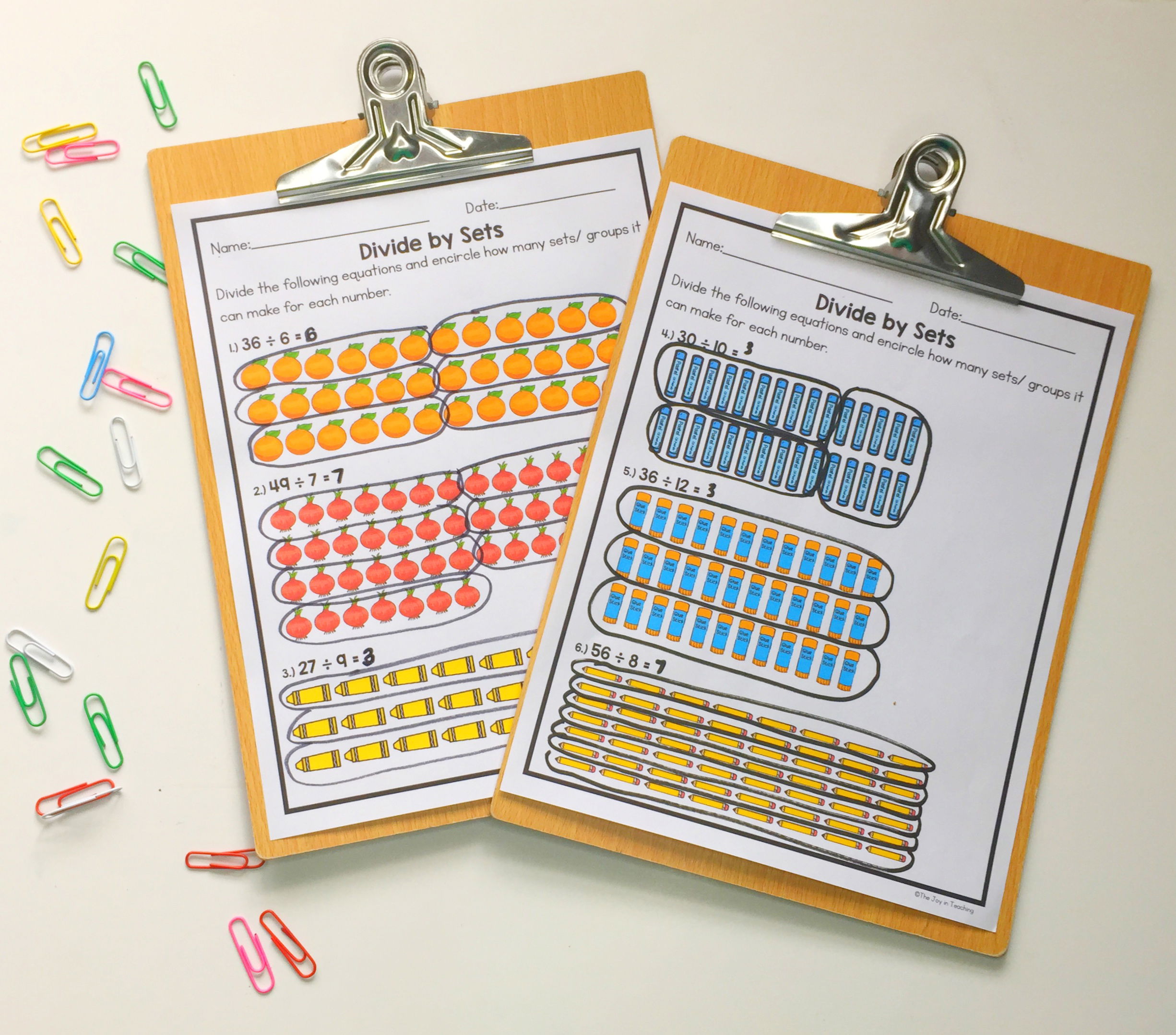
- Matching division equations to visuals
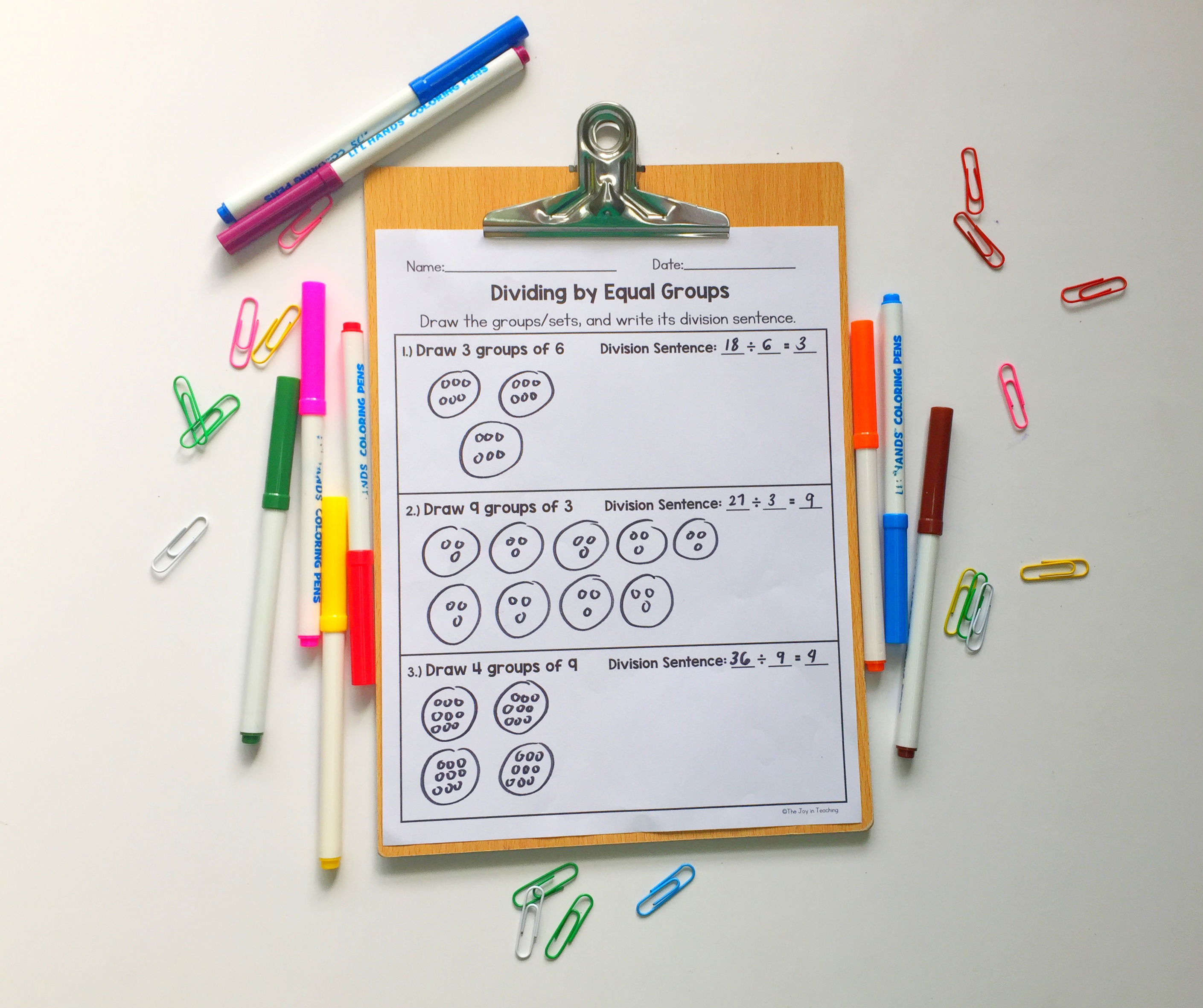
- Group story problems

Laminate a few pages for reusable practice with dry-erase markers!
Want a Ready-to-Use Worksheet?
If you're looking for a low-prep, visual resource to support your lesson, you can try our Division Equal Groups Worksheet. It offers practice with dividing by sets and includes answer keys for easy checking. Just print and go!
Wrapping It Up
Division using equal groups doesn’t have to be a struggle. With a few simple tools, some creativity, and real-life connections, you can help kids see what division means—and even have fun while learning it! So next time you sit down for math, remember: it’s not just about solving a problem. It’s about sharing, exploring, and building confidence together. Happy teaching!
Follow Me for More Teaching Tips with Joy For more tips, resources, and a daily dose of teaching joy, follow me on:
Got questions or want to share your success stories? Drop me an email at thejoyinteaching@gmail.com. I love hearing from fellow educators and parents! Happy Teaching!
Joy Medalla
The Joy in Teaching 💛